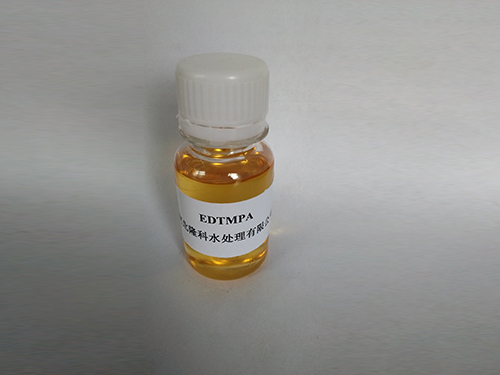Overview of Various Types of Flocculants in Water Treatment Applications
Understanding Flocculant Types An Overview
Flocculants are key additives used in various industrial processes, primarily in water treatment, mineral processing, and wastewater treatment. Their main function is to facilitate the agglomeration of fine particles into larger flocs, making them easier to separate from liquids. The effectiveness of flocculants relies heavily on their type, properties, and the specific application in which they are utilized. Understanding the different types of flocculants is essential for optimizing their use and achieving desired results in various processes.
1. Natural Flocculants
Natural flocculants are derived from renewable sources and are often preferred for their environmental benefits. Common natural flocculants include starch, guar gum, and alginates. These substances are biodegradable and non-toxic, making them suitable for applications in food and water treatment where safety is paramount. Natural flocculants work by bridging the gap between particles, allowing them to clump together and settle more easily.
One of the advantages of natural flocculants is their ability to function effectively at lower concentrations compared to synthetic alternatives. However, they can sometimes show variability in performance due to changes in the source material or environmental conditions. They are often used in municipal wastewater treatment plants and in the food industry, such as in beer and wine production, where maintaining a natural profile is important.
Synthetic flocculants are man-made polymers that provide a more controlled and predictable performance compared to their natural counterparts. They can be classified based on their charge into cationic, anionic, and non-ionic types.
- Cationic Flocculants These positively charged polymers are particularly effective in treating wastewater with negatively charged particles, such as in textile and paper industries. They promote floc formation by neutralizing the charge on suspended particles.
- Anionic Flocculants With a negative charge, these flocculants are typically used in mineral processing and in conditions where positively charged particles need to be destabilized. They work well under alkaline conditions and are beneficial for separating clay particles from water.
flocculant types

- Non-ionic Flocculants These are neutral and are effective in a wide pH range. They are often used in a more versatile range of applications because they do not depend on charge interactions.
Synthetic flocculants often achieve better performance at lower doses and can drastically enhance the efficiency of particle removal in various processes. However, concerns about their environmental impact and potential toxicity require careful consideration of their use.
3. Inorganic Flocculants
Inorganic flocculants, such as aluminum and iron salts, have been widely used in water treatment processes. Aluminum sulfate, commonly known as alum, is one of the most popular inorganic flocculants. These flocculants work by destabilizing colloidal suspensions, allowing particles to aggregate and settle out of the solution.
While inorganic flocculants are effective and economical, they can introduce additional metals into the treated water. This aspect raises concerns regarding the creation of sludge that may require additional processing and disposal. Thus, while they remain popular in water treatment, the trend is moving towards more sustainable options.
4. Conclusion
The selection of an appropriate flocculant type is critical to the success of any flocculation process. Natural, synthetic, and inorganic flocculants each offer unique advantages and limitations, influencing their use in specific applications. As industries increasingly focus on sustainability and environmental impact, the future may see a rise in the use of natural and advanced synthetic flocculants that minimize ecological footprints while maintaining effective performance.
Understanding the different flocculant types allows industries to optimize their processes, reduce costs, and enhance environmental safety. By carefully selecting the right flocculants and applying them effectively, companies can ensure cleaner water, improved product quality, and a reduced impact on the environment.
-
Water Treatment with Flocculant Water TreatmentNewsJun.12,2025
-
Polymaleic AnhydrideNewsJun.12,2025
-
Polyaspartic AcidNewsJun.12,2025
-
Enhance Industrial Processes with IsothiazolinonesNewsJun.12,2025
-
Enhance Industrial Processes with PBTCA SolutionsNewsJun.12,2025
-
Dodecyldimethylbenzylammonium Chloride SolutionsNewsJun.12,2025





